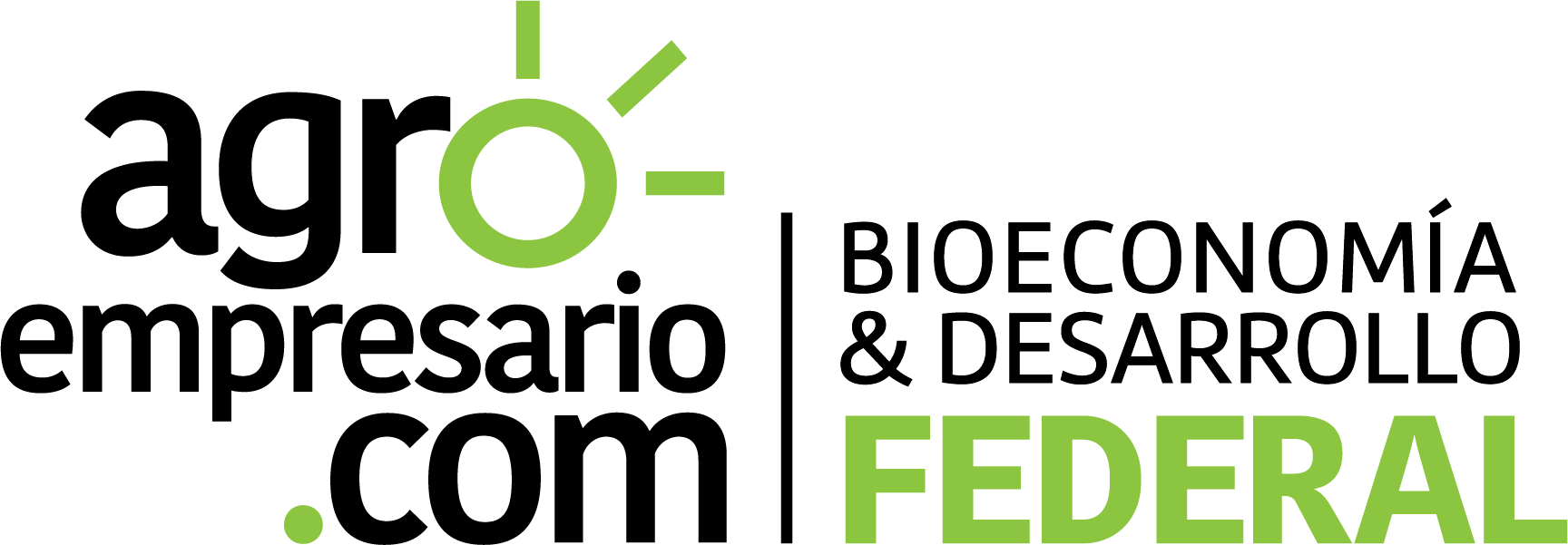
Based on a 283-day gestation period, a cow that is served on August 1, would have an expected calving date of May 10, 2025.
Regardless of the preferred system, the general advice is for a 12-week breeding season on both suckler and dairy farms.
According to Teagasc, scanning can take place from 30 days after the last cow has been served on the farm, but some farmers prefer to wait until 40 days after breeding at the earliest.
Delaying scanning until later when some cows have gone 12 weeks or more in calf can lead to issues identifying the exact stage of pregnancy or if the cow is carrying twins or not.
Where a stock bull is being used for breeding, the service dates may not all have been recorded so scanning cows at an appropriate stage of pregnancy will identify approximate calving dates for these cows.

Scanning cows will allow farmers to batch cows according to their expected calving dates which is useful when feeding and vaccinating cows in the lead up to calving.
As well as this, cows batched in accordance with expected calving dates can be moved closer to calving pens as their due date approaches.
According to Teagasc, the cost of scanning is approximately €5/cow plus a call out charge which can range from €20-50.
“Rates will vary and may be dependent on the number of animals being scanned,” the advisory body specified.
Agriland
